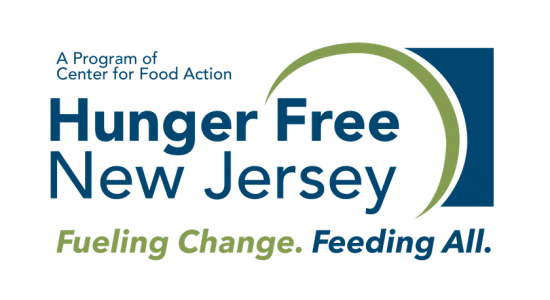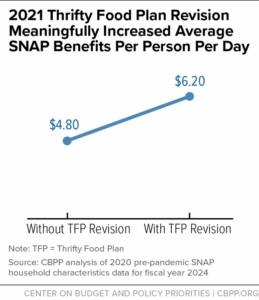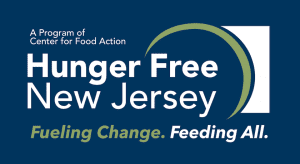Congress recently passed a resolution that that will help address childhood hunger, which has grown to even more alarming rates during COVID-19.
The Pandemic Electronic Benefit Transfer Program (P-EBT), which provides families an EBT card to purchase food to replace the school meals their children are missing while learning remotely, has been extended through the 2020-21 school year.
This “continuing resolution’’ makes several improvements to P-EBT. THis includes extending the benefit to some preschool-age children. In the first round, only school-age children were eligible.
We have heard from many families about the importance of P-EBT. Parents say this critical benefit has helped them afford adequate food for their children. Already, the program has lifted at least 2.7 million children out of hunger, according to the Food Research Action Center (FRAC).
While this is good news, it is still unclear exactly how and when families will begin receiving this second round of benefits, which is estimated to be about $99 per month.
Complete School Meals Application
To increase their chances of receiving this benefit, parents must enroll their children in the free/reduced-price school meal program. Parents should contact the district for an application or look on the district’s website. Only school-age children enrolled in the federal free/reduced school lunch program are eligible for P-EBT.
In addition, potentially eligible families should apply for the Supplemental Nutrition Assistance Program (SNAP). In the first round of benefits, children living households already receiving SNAP received additional assistance on their existing Electronic Benefits Card (EBT).
Not only are SNAP recipients now receiving higher monthly benefits, several changes have been put in place to make it easier for families to apply for and receive SNAP.
These include waivers on deadlines for SNAP interviews, participant reporting and eligibility recertifications.
The U.S. Department of Agriculture also extended child nutrition waivers to the end of the school year to make it easier for school districts to feed children while schools are operating on remote or hybrid schedules. This includes allowing parents to pick up meals, providing several meals at one time and providing meals free to all students.
During a challenging time of remote program operations and increased need for benefits, these adjustments will help ease workload burdens on agencies and streamline SNAP access for people eligible for SNAP.
FRAC’s latest study, Not Enough to Eat: COVID-19 Deepens America’s Hunger Crisis, reveals households with children are more likely to report that they don’t have enough to eat. In 38 states and the District of Columbia, more than 1 in 10 adults with children said they did not have enough to eat. Hunger is disproportionally affecting households of color, as more than one in 5 five black and Latinx adults with children reported they sometimes or often did not have enough to eat in July 2020.
While the resolution’s temporary investments are an important step for children who are learning remotely or in a hybrid learning model or in child care, millions of families are still struggling.
We urge Congress to address quickly overall household hunger and economic turmoil through a longer-term comprehensive COVID-19 relief package that includes benefit boosts to SNAP and makes investments in other critical programs that assist people in meeting their basic needs during COVID-19.
Hungry people can’t wait.






